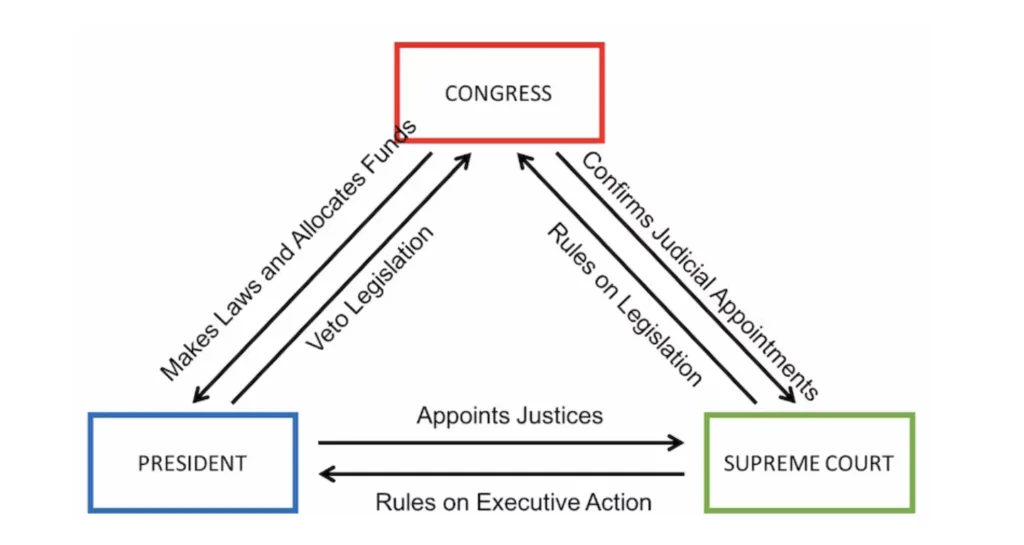Understanding 3/4 Radius Corner Countertops: Design, Function, and Benefits
In this article, we will explore what a 3/4 radius corner countertop is, its benefits, design considerations, and how it compares to other countertop edge styles.
When designing a kitchen, bathroom, or any other countertop space, the choice of countertop edges can have a significant impact on the aesthetic appeal, safety, and functionality of the space. One of the most popular edge styles for countertops is the 3/4 radius corner, which offers a blend of elegance, practicality, and comfort. In this article, we will explore what a 3/4 radius corner countertop is, its benefits, design considerations, and how it compares to other countertop edge styles.
What is a 3/4 Radius Corner?
A 3/4 radius corner refers to a type of countertop edge where the corners are rounded with a radius of 3/4 inch. In this context, radius refers to the measurement of the curve of the corner, specifically the distance from the center of the curve to the outer edge.
For a 3/4 radius, the curvature is subtle and smooth, creating a gentle curve at the corner, which contrasts with the sharp 90-degree angles typically found on standard countertops. This type of edge can be applied to various countertop materials such as granite, quartz, marble, solid surface, and laminate.
The Importance of Edge Styles in Countertop Design
The edge profile of a countertop plays a pivotal role in both aesthetics and functionality. The design of a countertop edge can:
- Affect visual appeal: The edge style contributes to the overall look of the room, whether it is contemporary, modern, traditional, or rustic.
- Impact safety: Rounded edges, such as the 3/4 radius, are softer and safer, especially in environments where there are children or frequent foot traffic.
- Influence maintenance: The type of edge can influence how easy the countertop is to clean and maintain.
- Enhance comfort: Softer edges are more comfortable to lean on or touch compared to sharp edges.
In the case of the 3/4 radius corner, it offers a balance between a soft, smooth appearance and sufficient angularity to retain the contemporary and modern feel often sought in kitchen and bathroom designs.
Design Considerations for a 3/4 Radius Corner Countertop
When choosing the 3/4 radius corner for a countertop, there are several design elements to consider to ensure it fits your style and needs:
1. Space and Layout
The shape and layout of the countertop play a major role in determining whether a 3/4 radius corner is appropriate. For example:
- L-shaped countertops often use rounded corners at the junctions to soften the angle and create a more seamless flow between the two sections.
- Island countertops or peninsula designs might benefit from rounded corners to create a more inviting and accessible space.
- In smaller kitchens or bathrooms, where tight spaces and sharp angles can be cumbersome, the 3/4 radius corner design can help to open up the area and create a more fluid, organic look.
In addition to the layout, the size of the countertops will also determine how subtle or prominent the radius appears. Larger countertops might call for a more pronounced radius to maintain consistency across the design, while smaller spaces may benefit from a gentler curve.
2. Material Choice
The countertop material can dramatically affect the look and feel of a 3/4 radius corner. For instance:
- Granite and marble countertops with a 3/4 radius corner edge have a more luxurious, polished appearance. The natural veining and patterns of the stone often get highlighted around the softened edges.
- Quartz countertops, being engineered stone, offer flexibility in color and design, and a 3/4 radius corner enhances the sleek, modern look of the material.
- Solid surface materials like Corian are ideal for rounded edges, as they can be easily shaped and molded to create a smooth, uniform radius along the corners.
Each material has its own characteristics in terms of texture, durability, and maintenance, and these factors should be taken into account when deciding on the best choice for your 3/4 radius corner countertops.
3. Style and Aesthetic
The 3/4 radius corner is often associated with modern, transitional, or contemporary kitchen designs. Its gentle curve contrasts sharply with the more angular, boxy edges of traditional designs, lending a soft, welcoming vibe to the space.
Depending on the material and finish, the 3/4 radius corner can either make the space feel more formal or casual:
- Polished stone or marble with a 3/4 radius can bring an air of elegance and sophistication to a modern kitchen.
- Matte finishes or natural stone surfaces provide a more rustic and relaxed aesthetic.
The 3/4 radius corner also blends well with other contemporary design features such as minimalist cabinetry, open shelving, and sleek appliances, making it a popular choice for homeowners and designers seeking a refined, modern look.
4. Compatibility with Other Edge Styles
It is important to consider how the 3/4 radius corner will complement other countertop or design elements. For example:
- Rounded corners work well with undermount sinks or integrated features, such as soapstone countertops or seamless, molded edges.
- The 3/4 radius may not be the best option if you want to match it with sharp, geometric lines in other parts of the room, as it may disrupt the overall visual flow.
5. Customization Options
One of the advantages of choosing a 3/4 radius corner edge is the customization it offers. For example, you can adjust the radius slightly to create a more pronounced curve or to align it with specific design needs. Some fabricators can even create completely unique edge profiles that combine a radius with other design elements, such as a straight edge or bevel, to achieve a personalized look.
Functional Benefits of 3/4 Radius Corner Countertops
Apart from the visual appeal, the 3/4 radius corner offers several functional benefits, particularly in busy kitchens or family spaces.
1. Safety
One of the most significant advantages of a 3/4 radius corner is its safety. Sharp countertop corners can be hazardous, especially in homes with young children or older adults who may be more prone to accidents. The rounded edges of a 3/4 radius reduce the risk of injury if someone bumps into the corner, making it an ideal choice for high-traffic areas.
In the kitchen, where multiple people may be moving around, the softer edges ensure that no one is at risk of cutting themselves on the sharp corners of the countertop.
2. Durability
The 3/4 radius corner can also help improve the durability of the countertop. Sharp corners, especially on softer materials, are more susceptible to chipping and damage. Rounded corners are less likely to be damaged over time, making them more resilient to the wear and tear of daily use.
For materials like quartz, granite, and solid surface, a 3/4 radius edge can also help maintain the integrity of the material over time.
3. Ease of Cleaning
A 3/4 radius corner offers an easier-to-clean surface compared to sharp corners. Food crumbs, dirt, or liquid spills tend to gather in the tight corners of sharp edges. With a rounded edge, these particles are less likely to accumulate, and the cleaning process becomes much easier. This is particularly beneficial in kitchens, where cleanliness and hygiene are top priorities.
Comparing the 3/4 Radius Corner to Other Edge Styles
While the 3/4 radius corner offers many benefits, it is important to compare it with other popular countertop edge styles to understand its place in countertop design.
- Square Edge: The most basic and traditional countertop edge. It offers a sharp, angular look but may pose a safety risk and require more maintenance to prevent chips or damage.
- Bullnose Edge: The bullnose edge is fully rounded, offering a smooth, soft curve that is very similar to the 3/4 radius but with a more pronounced curve. The 3/4 radius is a subtler alternative to the full bullnose.
- Beveled Edge: This edge is cut at an angle and offers a more angular appearance, creating a more dramatic effect compared to the softer, gentler curve of the 3/4 radius corner.
The 3/4 radius corner strikes a balance between form and function, offering a soft curve that feels more modern and safe without the excess roundness of a full bullnose.
Conclusion
A 3/4 radius corner countertop is a versatile and practical choice for anyone looking to update their kitchen, bathroom, or other spaces with a softer, more refined edge. By blending aesthetic appeal, safety, and ease of maintenance, this edge style provides significant advantages for modern living. Whether you are renovating your current space or planning a new build, the 3/4 radius corner is an excellent option that offers both functional benefits and a contemporary design flair.
What's Your Reaction?





















